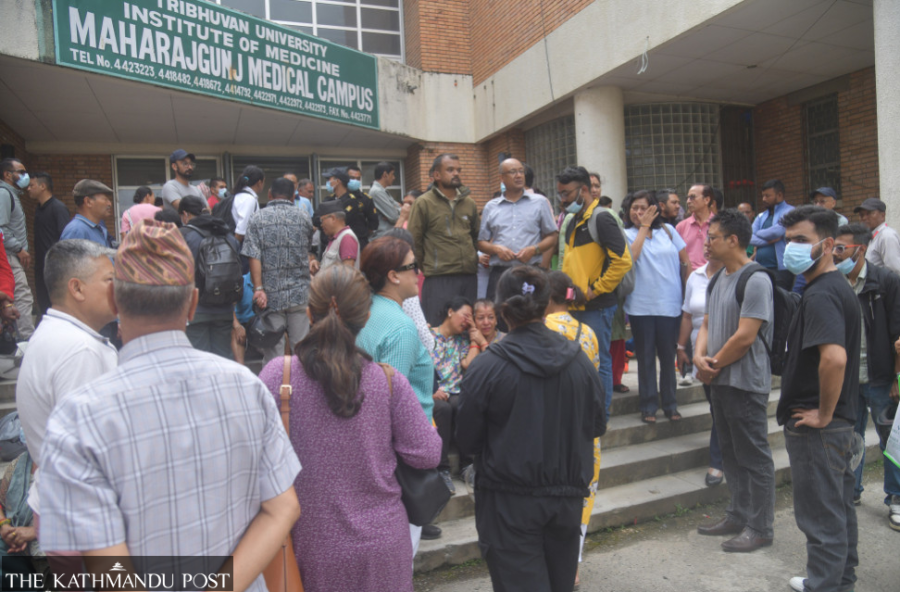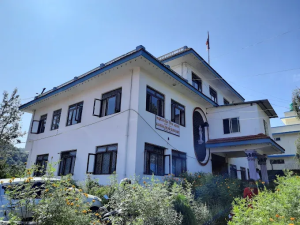Bagmati Province
Plane crash victims’ bodies to be returned to families from today
A large team of doctors from various hospitals have been conducting autopsies. DNA tests will be performed on six charred bodies to identify the victims.
Post Report
The bodies of the victims from Wednesday’s Saurya Airlines plane crash will be handed over to relatives starting Friday evening, as forensic teams have been working round-the-clock to identify the bodies.
Doctors at the Forensic Department of the Tribhuvan University Teaching Hospital are racing to complete the data collection of body parts of the victims by Thursday evening. On Friday, they will use this data to match separated parts with their corresponding bodies.
“We will start releasing the bodies to their relatives from Friday evening,” said Dr Gopal Kumar Chaudhary, chief of the department.
Doctors will also compare antemortem and postmortem data. If the two data sets match, it will be easier for experts to identify bodies.
Officials at the Tribhuvan University Teaching Hospital (TUTH) said that some bodies are badly burnt, and some are in pieces, which is delaying the identification process.
“Six bodies are completely burnt,” said Chaudhary. “DNA tests will be needed to identify them.”
All except the pilot, who was in a Pokhara-bound aircraft of Saurya Airlines, that crashed at the Tribhuvan International Airport on Wednesday, died. The bodies of 18 people retrieved from the wreckage of the plane were sent to the Forensic Department of the Tribhuvan University for postmortem.
The 50-seat bombardier CRJ 200, registered as 9N-AME, was flying 15 technicians to Pokhara, where the jet’s heavy maintenance C-check was planned. At 11:11 am, the plane took off from the runway’s southern end (Koteshwar). Moments after takeoff, people around the airport heard a loud bang. There were 19 people, including the captain in the plane.
Officials at the hospital said that DNA samples will be collected from the unidentified bodies and sent to the Nepal Police Central Forensic Laboratory for tests. Results are expected in around two weeks.
“Doctors may complete postmortem by Friday evening,” said Dr Dinesh Kafley, executive director at the TUTH. “Identified bodies will be handed over to their families then.”
The Forensic Department has called in doctors from Patan Hospital, Dhulikhel Hospital, Bhaktapur Hospital and Pokhara to assist with the identification process. A large team of doctors are working to identify the victims as quickly as possible, according to officials
Forensic experts said that establishing the identities of air crash victims is a complex process which takes time.
“Doctors need to wash the charred remains and reassemble dismembered body parts,” explained Dr Harihar Wasti, a forensic expert. “The process is time-consuming, so doctors should not be pressured to rush the identification process.”
It took several days to establish the identities of the bodies of the victims from previous air crashes.
The identification process is further delayed by a lack of equipment and technology. Experts said authorities only prioritise medico-legal services during major disasters like air crashes.
“Nothing has changed in Nepal’s medico-legal services,” said Wasti. “These services are crucial not just in the aftermath of air crashes but also in cases of domestic violence, child abuse, road and industrial accidents, sexual offences, unnatural deaths, and custodial deaths among others.”




 17.12°C Kathmandu
17.12°C Kathmandu










%20(1).jpg&w=300&height=200)

